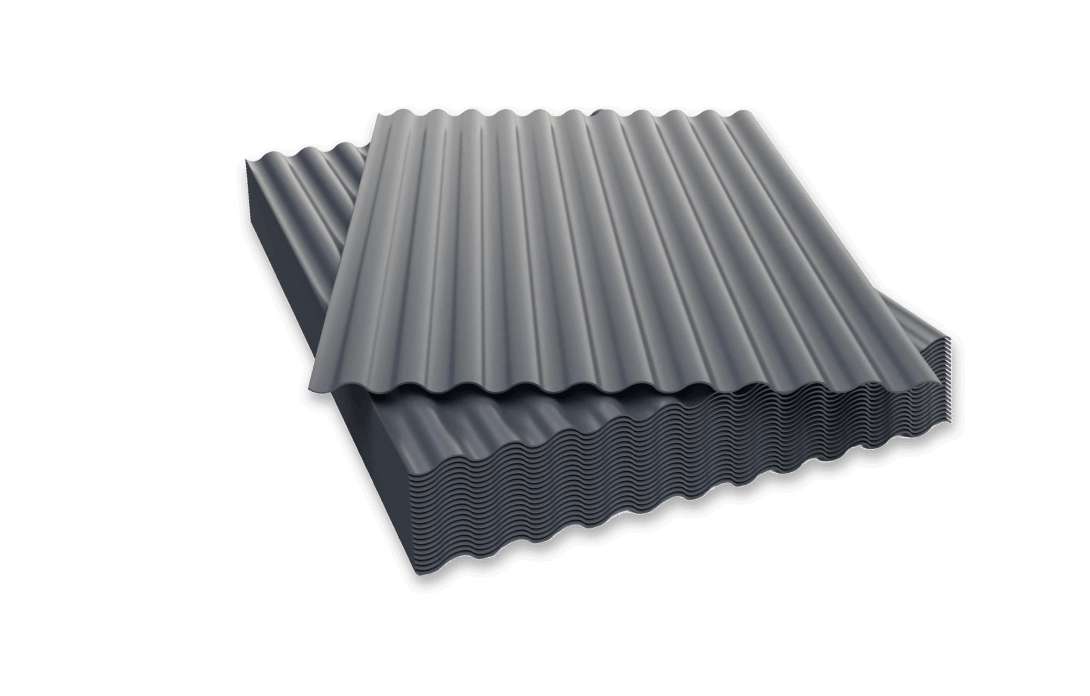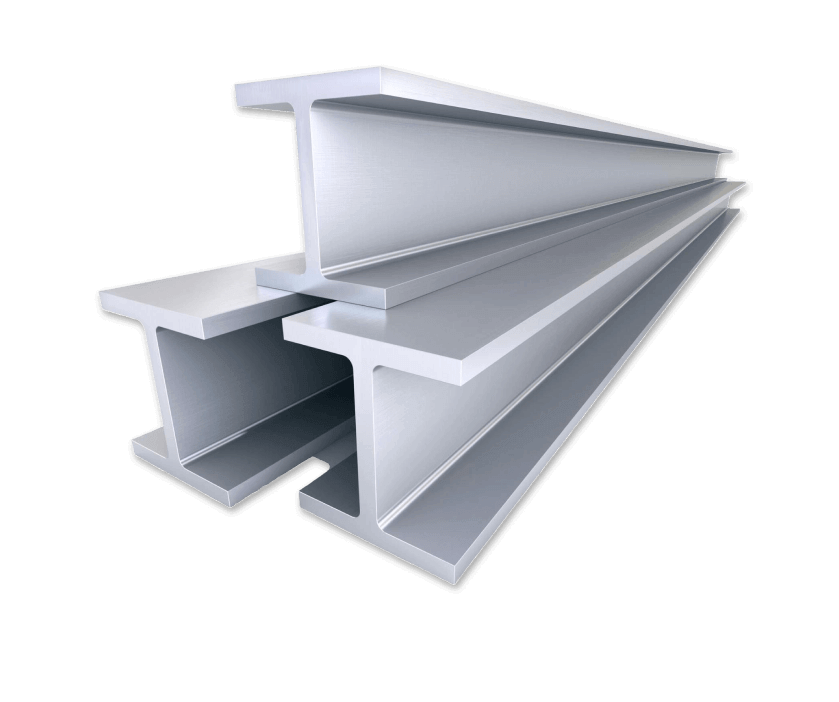 Admin
Admin
When constructing buildings, steel beams must be properly supported on concrete walls because proper support helps keep structures safe and stable. Understanding Steel Beams and Concrete Walls What Are Steel Beams? Steel beams are strong, large pieces of steel used in construction to support heavy loads. They come in different shapes, such as I-beams and H-beams. These beams are lightweight compared to the loads they carry, making them ideal for building structures. What Are Concrete Walls? Concrete walls are thick, sturdy structures formed from cement, water, and aggregates. They are strong and can hold a lot of weight. However, concrete doesn’t do well under tension, so it works best when combined with steel beams. The Importance of Bearing Plates Why Use Bearing Plates? Bearing plates are flat material placed between the steel beam and the concrete wall. They help distribute the beam's weight evenly across the wall, preventing damage like cracking in the concrete. Types of Bearing Plates You can use different kinds of bearing plates, but steel plates are common because they are strong and can be customized to fit your needs. Precast concrete pads are another option, but steel plates are usually preferred for their durability. Understanding Loads Assessing Different Types of Loads Before you install steel beams, it’s important to know the loads they will carry. These include: • Dead loads: The weight of the building. • Live loads: The weight of people, furniture, and equipment. • Dynamic loads: Forces from wind or earthquakes. Understanding these loads helps you determine the right size and type of beam for your project. Distributing Loads Evenly It’s essential to distribute loads properly to reduce stress on the concrete wall. Uneven masses can result in cracks and different problems over the years. Using bearing plates allows gain this even distribution. Preparing the Site and Wall Ensuring Wall Quality Before installing steel beams, check the concrete wall for any damage, such as cracks or signs of wear. Make sure the wall is in good condition, as any issues could affect the strength of the entire structure. Preparing the Site Clean the area around the concrete wall, removing any debris. Ensure the ground is level so that the beams can be installed correctly. Installing Steel Beams Accurate Placement When placing steel beams, use levels and plumb lines to ensure they are straight and correctly aligned. This is vital for the structure's stability. Checking Alignment Proper alignment is important for even weight distribution. If the beams aren’t aligned correctly, it can lead to serious structural issues. Use shims if needed to adjust the height and position of the beams. Connection Methods How to Connect Steel Beams to Concrete There are different ways to connect steel beams to concrete walls, including using bolts or welds. Each method has its own benefits, so choose the one that fits your project best. Choosing Fasteners For most connections, high-strength bolts are recommended because they are durable. Additionally, you can use epoxy adhesives to add extra strength to the connections. Inspections and Quality Control Inspecting During Installation Regular inspections during the installation process are important. Check the following: The condition of the concrete wall. • The size and placement of the bearing plates. • The tightness of all connections. Quality Control Measures Implementing a quality control process helps ensure everything is done correctly. Common Mistakes to Avoid Pitfalls in Bearing Practices Some common mistakes include: • Failing to assess the loads accurately. • Using the wrong size or type of bearing plates. • Neglecting alignment. These mistakes can lead to structural problems, so be careful to avoid them. Recognizing and Addressing Issues Pay close attention during installation. If you notice any problems, address them right once to avoid future troubles. Conclusion Following best practices for steel beam bearing on concrete walls is critical for creating safe and long-lasting constructions. By understanding the roles of steel beams and concrete walls, utilizing appropriate bearing plates, assessing loads accurately, and following proper installation techniques, you can create a robust and stable structure. Regular inspections and quality control will help to ensure the integrity of the structure. With these principles in mind, you can confidently support steel beams on concrete walls while ensuring the safety of your structure.
 Oct 14 2024
Read More
Oct 14 2024
Read More
























